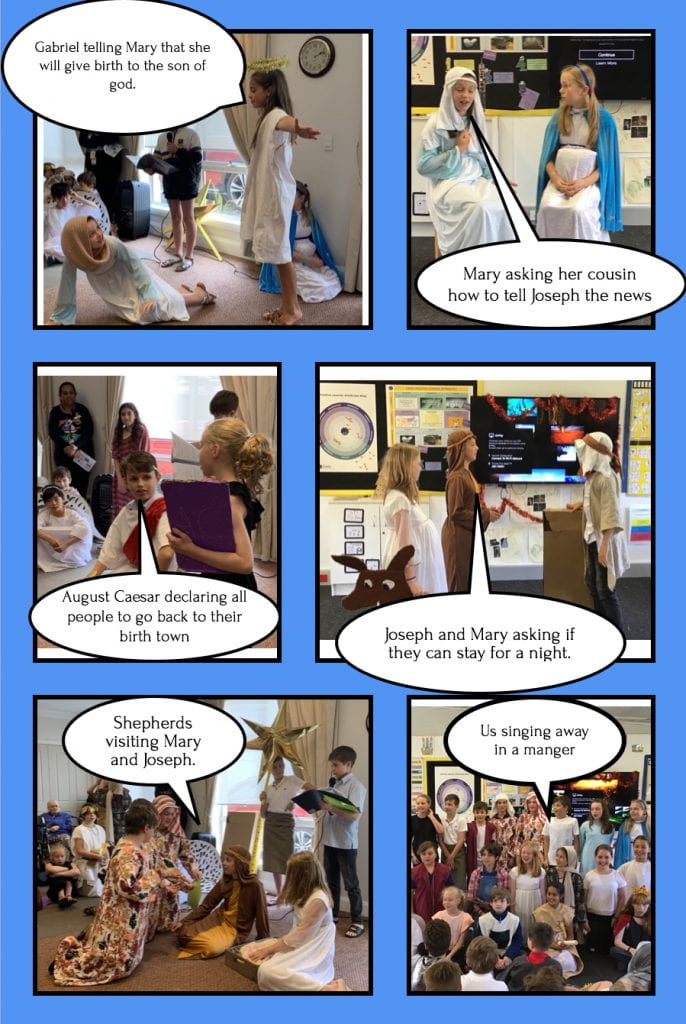For a library task I looked into what life was like on the gold fields for aboriginals, I watched 9 videos here are the notes I took.
Indigenous artefacts were collected by the Europeans because of their supposedly savage ways (compared to Europeans.) Not all of these collectors noted down things about the artefact and some who did most got lost during the passing down of these artefacts. Because they thought there ways savage some aboriginal skulls were stolen and some were killed just so they could study phrenology, this is where you study a skull to determine how you are going to act/what you are going to be e.g. a bump on your head could mean you are a serial killer.
Aboriginals used plants trees and animals for resources, they used a plant called the Murnong daisy which has a small edible root that looks a bit like a sweet potato. They also used possum skin/fur to make cloaks which the women sewed, if they had a design on the skin side you would wear it skin side out but if it didn’t you would wear it fur side out. They also took the bark off trees and made them into carriers and cool amens. Wood sometimes had patterns on it to signal many things e.g. special places, boundaries and Beria, places too. Every plant in the bush had uses e.g. medicines, resources. Men’s tree was used in ceremonies for burning, they grow a cherry like fruit that have a nut on the end, they are ripe September to December. Another plant is wattle that can stop diarrhoea for young children.
Gold and land was taken from the aboriginals but they didn’t care about gold, they actually offered their assistance to the miners to find deposits of gold which was known to the aboriginals. They were interested in mining other precious stones like green stone which was hard and gray and could be turned edge axes which could be used and also traded. The police were considered fierce by the miners, they became unpopular in Ballarat and during the gold rush, the miners didn’t want police opposing.
Aboriginals used oka which is a clay that comes out of the ground and starts off white but with the edition of more minerals you can get red and yellow. They pit it on their bodies for ceremony’s. When they found red oka they did not know what the colour was at the time and they painted the trains with it and that’s how we got red trains.
can you add anymore facts about plants or other things aboriginals used or about there life on the gold fields if so what are they if not can you tell me something you learnt from this?



 4T (my class) went for a walk around our school and found some examples of these. When you see cracks in the footpath it is most likely that the trees around it, their roots have grown out and weathered the footpath.
4T (my class) went for a walk around our school and found some examples of these. When you see cracks in the footpath it is most likely that the trees around it, their roots have grown out and weathered the footpath. In my school August isn’t just August it is Comment bonanza month.
In my school August isn’t just August it is Comment bonanza month. responding to the question they ask, asking a question, making a connection or adding more information about the topic. We are still the comment champions because we WON!!!
responding to the question they ask, asking a question, making a connection or adding more information about the topic. We are still the comment champions because we WON!!! I voted for Sorry Day Coral Vas’s and Dub Leffler because I thought the illustrations were really detailed and they were a very clever idea because the pictures for old times were grey and the the pictures for new times were coloured. I thought the way they did the information was really factual. They had a picture of hone of the forms and plenty information. I also thought how they linked the story’s were smart one was a child getting lost and one was a child getting taken away by force (the stolen generation).
I voted for Sorry Day Coral Vas’s and Dub Leffler because I thought the illustrations were really detailed and they were a very clever idea because the pictures for old times were grey and the the pictures for new times were coloured. I thought the way they did the information was really factual. They had a picture of hone of the forms and plenty information. I also thought how they linked the story’s were smart one was a child getting lost and one was a child getting taken away by force (the stolen generation).